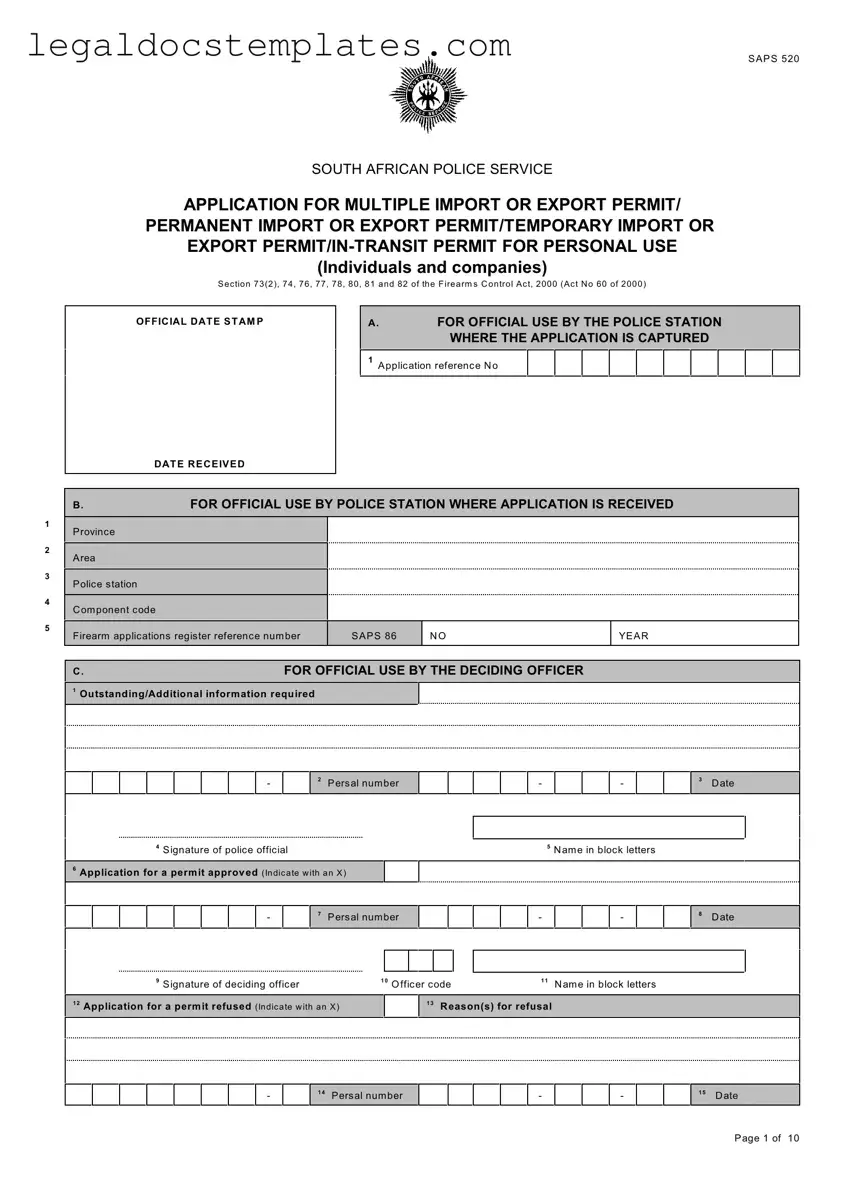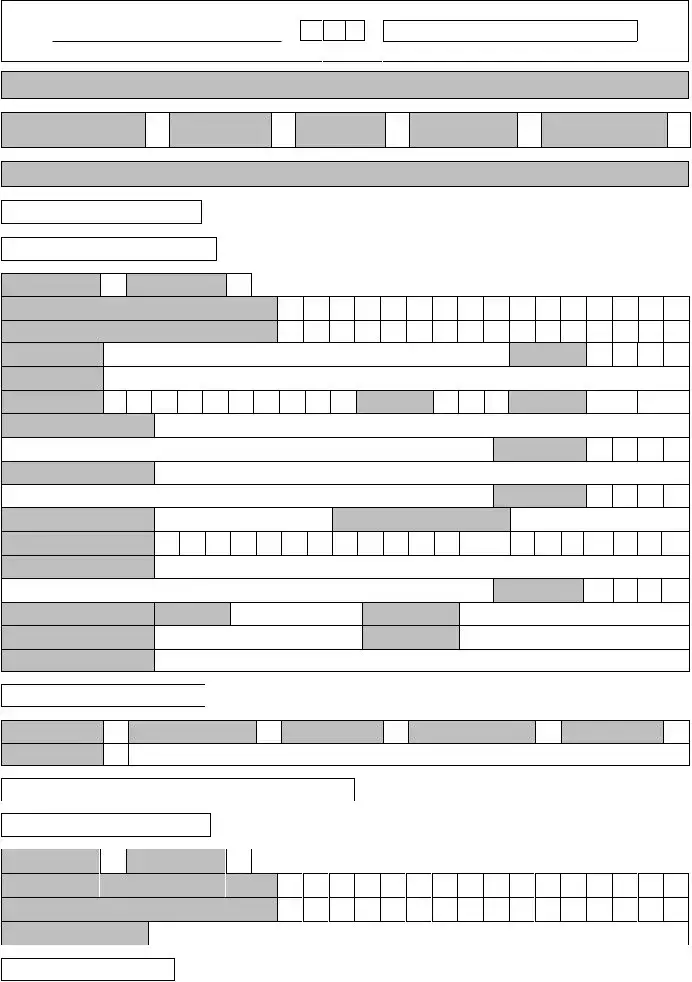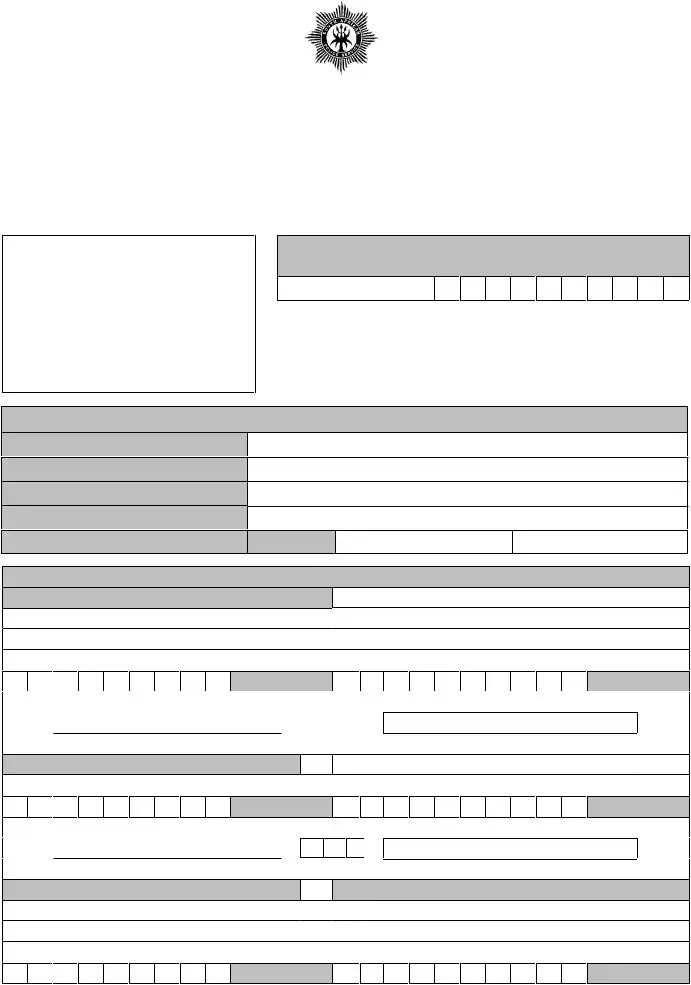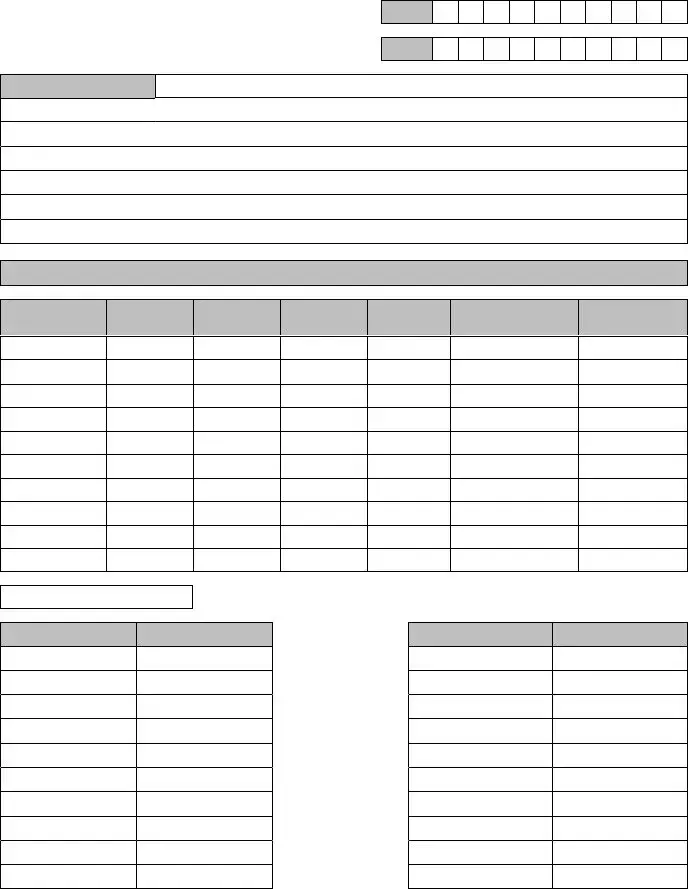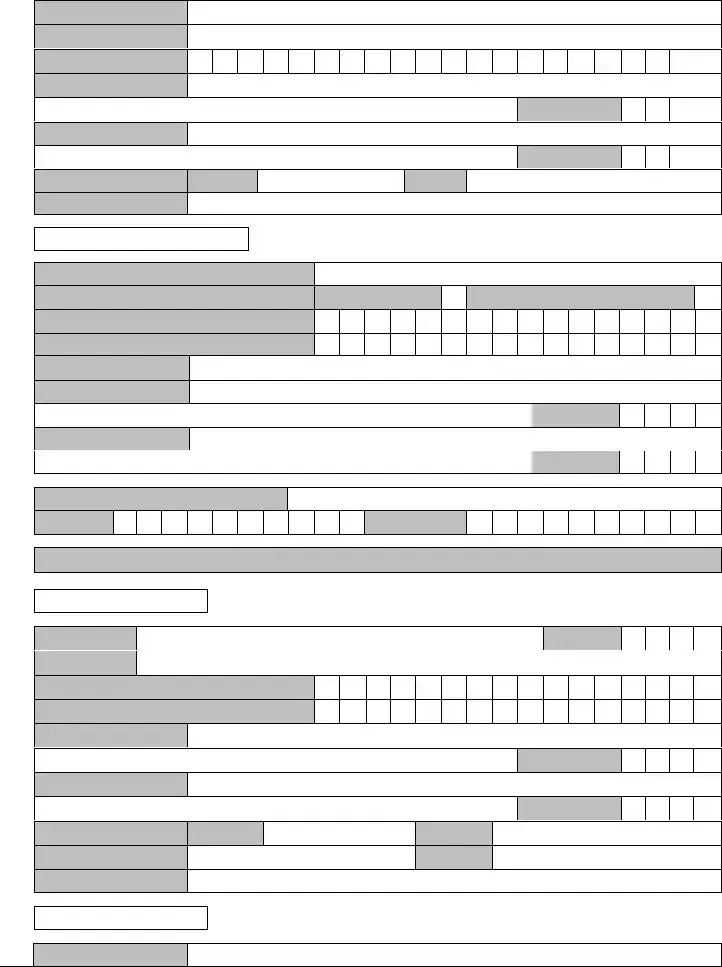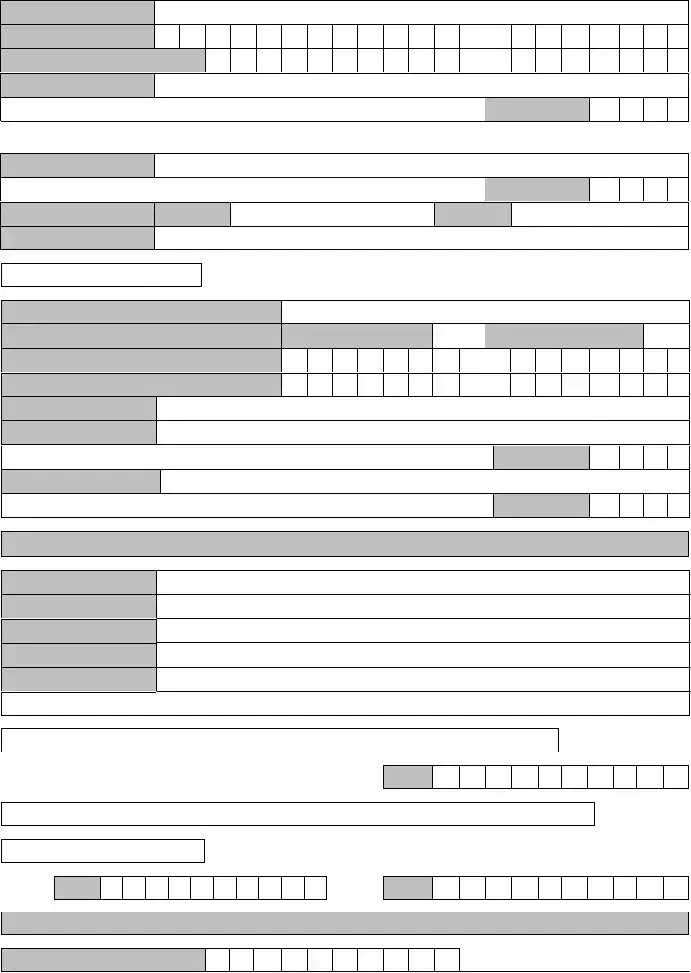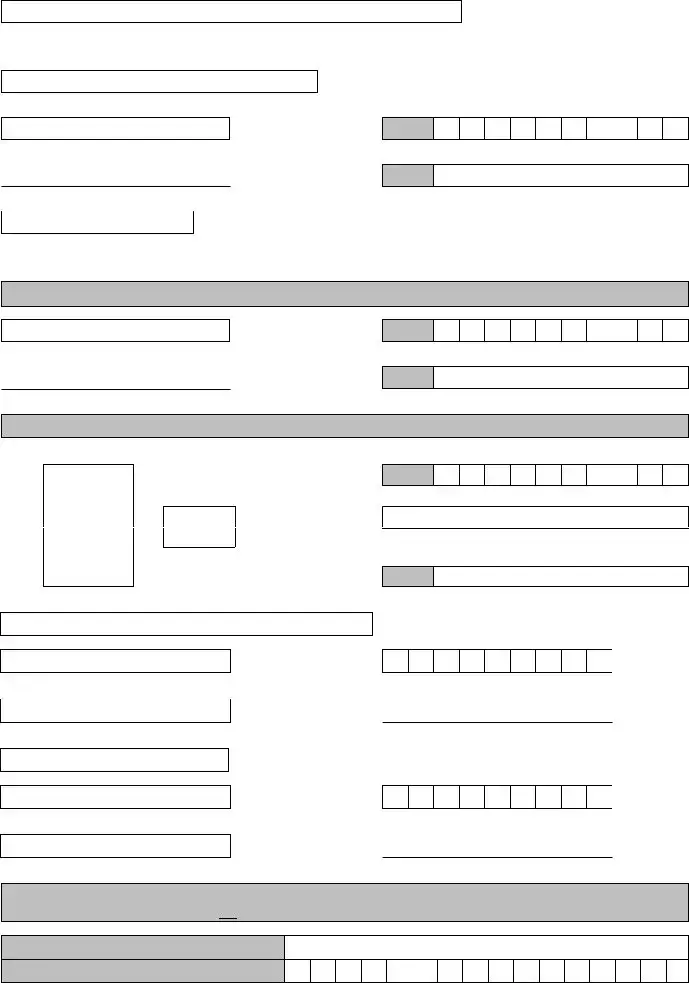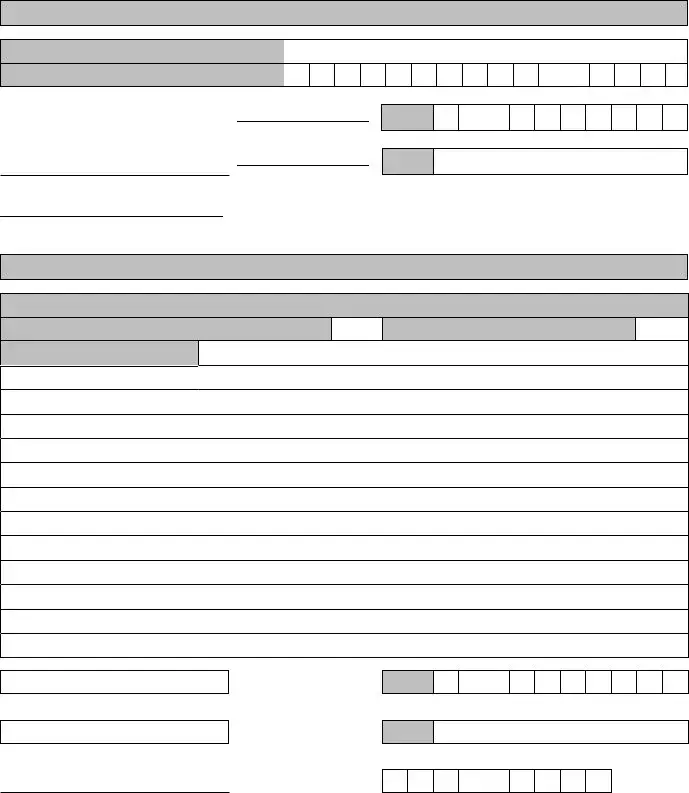One document similar to the SAPS 520 form is the ATF Form 6, which is the Application and Permit for Importation of Firearms, Ammunition, and Implements of War by the United States Bureau of Alcohol, Tobacco, Firearms, and Explosives. Both forms require detailed information about the applicant, the type and quantity of firearms or ammunition to be imported or exported, and the purpose behind the permit request. The necessity of providing comprehensive background information for both individual and juristic entities, coupled with security and law enforcement checks, demonstrates the rigorous control exercised over arms movement across national borders.
Another document closely related is the ATF Form 4473, the Firearms Transaction Record in the United States. This form is completed when an individual or entity is purchasing firearms from a federally licensed dealer. While the ATF Form 4473 is domestically focused, and the SAPS 520 caters to the import or export of firearms in South Africa, both serve a critical role in ensuring legal compliance and conducting background checks on individuals acquiring firearms, thus upholding public safety and compliance with regulatory frameworks.
The Canadian Firearms Program (CFP) also utilizes a form similar to SAPS 520, known as the Non-Resident Firearm Declaration. This form permits visitors to Canada to declare and temporarily import firearms for purposes such as hunting or competition. The parallels lie in the requirement for individuals to declare personal details, firearm specifics, and intended use, underpinning responsible firearm management within a national context.
The United Kingdom's Import Application for Firearms and Ammunition (Form 4/5) shares commonalities with the SAPS 520 form, particularly in the detailed listing of firearm specifications and the applicant's personal information. This similarity demonstrates a universal approach toward the meticulous vetting of applications for the movement of firearms across international lines, emphasizing a commitment to global security standards.
In Australia, the B709 Importation of Firearms – Certification form by the Australian Border Force mirrors the SAPS 520 concerning the regulatory oversight for importing firearms. Both documents require the declaration of detailed firearm descriptions and the purpose behind their importation, highlighting stringent controls towards firearm importation to meet national security and public safety objectives.
Analogous to SAPS 520, the Directorate of Defense Trade Controls (DDTC) in the United States uses the DSP-5 form for the Permanent Export License Application involving defense articles and services, including military-grade firearms. The emphasis on detailed information about the items being exported, along with the end-user and end-use, reflects a shared priority in regulating and monitoring arms flows to prevent illegal trafficking and promote peace security.
Similarly, Germany’s Federal Office for Economic Affairs and Export Control (BAFA) utilizes an export license application for firearms and military equipment. Like the SAPS 520, this application necessitates a thorough declaration of the articles' specifications and the transaction parties, showcasing the global adherence to stringent controls over the movement of arms and related items across borders to safeguard international security.
The New Zealand Police Mail Order Importation of Firearms form, which is required for the importation of firearms through mail order, is comparable to the SAPS 520 form. Both necessitate detailed personal information, the specifics of the firearm to be imported, and compliance with national legal frameworks for firearm control, underscoring the intricate balance between legal firearm use and the imperative to prevent illegal activities.
In the context of exporting defense-related products from the Netherlands, the Dutch Customs Administration mandates an export license similar in requirements to the SAPS 520 form. Applicants must provide comprehensive details on the items being exported and adhere to international treaties and national regulations, emphasizing a collaborative stance towards global arms control.
The EUCOM Form 302, End Use Certificate for Firearms Export in multiple European countries, presents an obligation for complete disclosure akin to the SAPS 520 form's mandate for comprehensive details on the firearms' end use, users, and destinations. This synchronization in documentation across nations illustrates the international commitment to overseeing the legal arms trade while preventing the proliferation of firearms that could be used for illicit purposes.
